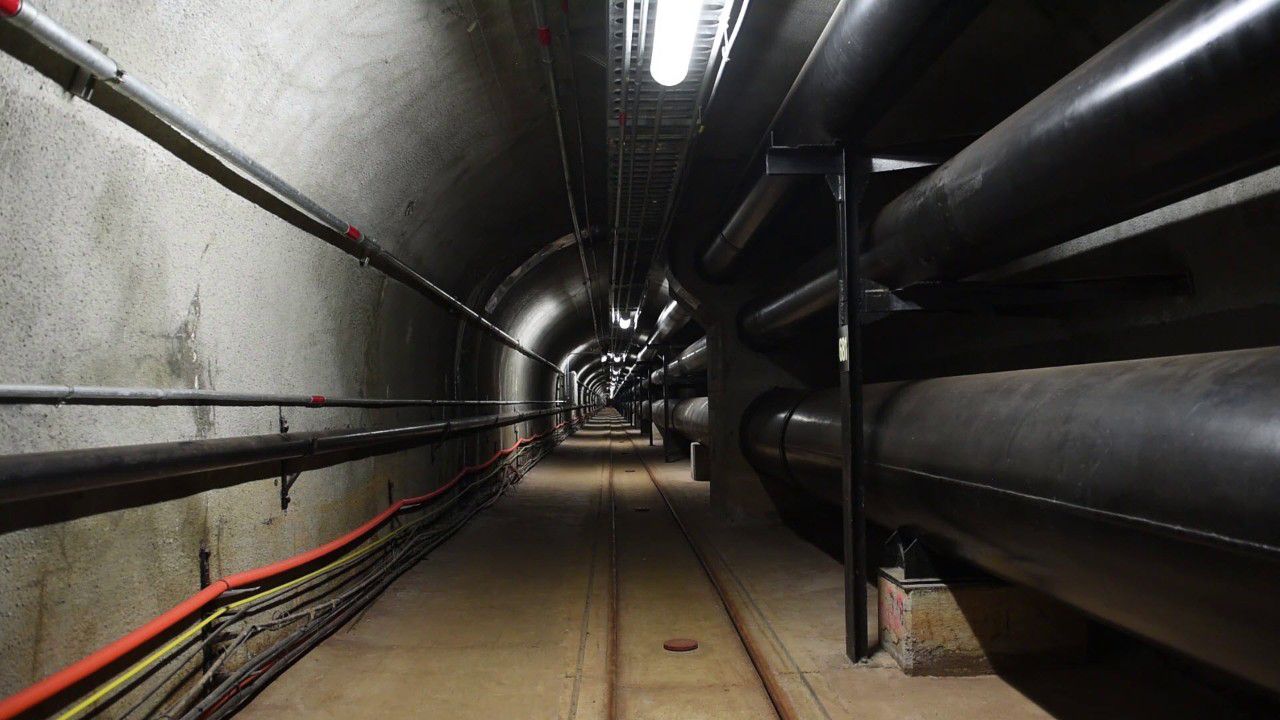HONOLULU — The latest test results show that the groundwater around the Red Hill Bulk Fuel Storage Facility is contaminated with oil, although the Department of Health says more samples will need to be taken.
The Hawaii Department of Health released the latest data obtained from the Navy’s sampling of the soil and groundwater surrounding the Red Hill Bulk Fuel Storage Facility, which showed elevated levels of oil and diesel, according to a press release sent Tuesday.
In both soil vapor and groundwater, the tests showed heightened levels of total petroleum hydrocarbons or TPH. The samples were taken between May 12, 2021 and Jan. 3, 2022.
In late December, the Navy acknowledged that fuel leaked from Red Hill Storage Facility into the ground in May and November 2021. The Navy’s Red Hill Storage Facility was built underground during the 1940s in order to store jet fuel for military purposes, and it has leaked numerous times over the decades.
On Dec. 10, it was confirmed that the Red Hill Shaft was contaminated with petroleum levels 350 times the safe drinking limit. Residents have said they got sick from drinking and bathing in the water, experiencing symptoms that include rashes, vomiting, headaches, nausea and hair loss.
The Hawaii DOH has an advisory in place since November that says residents and others located in the Navy’s Joint Base Pearl Harbor-Hickam area should avoid using the water for drinking, cooking or brushing their teeth.
The Navy stopped using its Red Hill Shaft and Aiea Halawa Shaft last year, while the Board of Water Supply stopped using its Halawa Shaft as a precaution; these closures might impact the movement of groundwater.
The Department of Health said the data wasn’t conclusive, because individual sampling may show different results depending on when it was taken. DOH said it would increase the amount of sampling in order to look for patterns and provide more information on the movement of groundwater and contaminants.
“The long-term remedy to this issue is to render the Red Hill facility safe by removing fuel from the underground storage tanks. It is imperative that the Navy comply with DOH’s order,” said Kathleen Ho, Deputy Director of Environmental Health, in the Tuesday press release.
The Navy said on Jan. 10 it would comply with a Hawaii DOH order that requires them to remove fuel from the tanks at the Red Hill Storage Facility.
The Navy is also in the process of flushing the distribution system for different neighborhoods and individual buildings near Pearl Harbor that are on their water system in order to allow residents and businesses to use the water again for drinking, cooking and oral hygiene. The plan was finalized by the Interagency Drinking Water System Team, and includes the Hawaii Department of Health, U.S. Environmental Protection Agency, the U.S. Army and the U.S. Navy.
Approximately 8,000 homes are on the Navy’s water system, and half of the families in those homes have chosen to relocate.
The flushing of water lines started at the Pearl City Peninsula military housing neighborhood on Dec. 20. On Sunday, the Navy sent a press release saying recent test results met the EPA and DOH criteria for TPH and safe drinking water levels. Now, the Navy is working to flush residential and non-residential buildings in this neighborhood.
On Monday, the Navy said in another press release that test results for the Aliamanu Military Reservation distribution system — one of the neighborhoods closest to the Red Hill Shaft — also met the EPA and DOH’s criteria for TPH and safe drinking water standards. This allows them to proceed with flushing for individual buildings. Once this is completed, a representative sample of homes and non-residential buildings will be tested.
This comes after the Navy said on Jan. 15 that test results for the Aliamanu Military Reservation distribution system failed to pass the safe drinking water criteria. The samples detected Total Petroleum Hydrocarbons-Diesel or TPH-d levels at 620 parts per billion. The water distribution system was flushed again before Monday’s test results were released.
The process has also begun on several other neighborhoods, including Red Hill Housing, NEX Moanalua Terrace, Hale Moku Hokulani, Hickam, Hale Na Koa, Onizuka Village and Ford Island.
Originally, the Navy said it would post the complete test results for all of the neighborhoods’ flushing and sampling activities only after the DOH had reviewed the samples and amended the drinking water advisory to be “fit for human consumption.”
On Sunday, the Navy said in a press release that it would release the validated test results after both the distribution system and home flushing was completed — instead of only the latter.
“Upon careful consideration of concerns from affected families, the IDWST decided to amend the process to be more transparent,” the Navy said in the press release.



